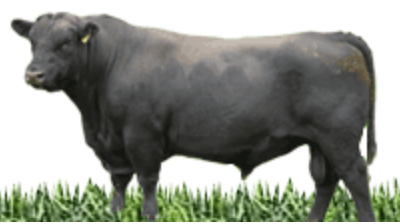Our Program
The Resurgam Angus Program
The Resurgam Angus program maintains a 250 head registered Angus herd plus 100 head commercial Angus cows. The home farm (Resurgam) consists of 530 acres of grass pasture where bulls are sold from and a mob of cows are used for tidying up pasture. The cows are run in conjunction with sheep under an integrated grazing system on Waitangihia Station in the reknowned Waikura Valley on the East Coast of the North Island.
We use selected bulls to be used over our heifers and cows to create a strong continuation of the best foundation genetics in the breed. In addition, the herd has to sustain and develop itself in a 100% grass based environment, no supplement feeding. We have always calved our heifers as 2 year olds. We are now multiple generations down the track in our program with the following:
- Strong fertility and maternal traits
- Moderate growth
- Positive carcass
- Structurally assessed
Our policy is to use proven genetics within the gene pool that we are working with.
Line Breeding
Resurgam Angus achieves progeny uniformity via selectively improving chosen traits. The result: confidence in successful breeding. Resurgam Angus’s decision to adopt a linebreeding philosophy derived from its resulting genetic stability and consistency of results. Your success similarly depends upon genetic stability, profitable genetic selection and unwavering attention to progeny monitoring. Resurgam Angus has developed a breeding plan that focuses on Pure NZ genetics and sires are chosen for females based upon their performance within the herd. A desire for ease of cattle management is enabled by a selection process towards well-tempered cattle. Angus combines well with all commercial breeds, high fertility, rapidly maturing cattle and excellent profitability. Sires are available for sale as R1 & R2 Bulls annually by private treaty. Embryo’s and semen are available also by negotiation. We will conduct a thorough assessment of your needs to find the perfect sire to service your herd.
Our Advantage
The Pure New Zealand Angus cattle were first introduced to New Zealand in 1863 being developed over the 144 years since and are well suited to New Zealand’s farming.
The Pure New Zealand Angus cattle thrive on green grass, yet have the resilience to cope with feed shortages and to recover quickly from drought and harsh winter conditions.
The modern Pure New Zealand Angus bull is an easy calving, high growth rate sire capable of producing progeny meeting market requirements.
Angus calves grow rapidly and efficiently on pasture, reaching heavy weights when about eight months of age.
The New Zealand Angus Association inspection system for animals transferred ensures that pedigree breeding stock are free from structural defects.
The Angus Breeding Cow
The Pure New Zealand Angus cows have the known ability to get in calf quickly, to calve without assistance, wean a good calf and get back in calf. The Pure New Zealand Angus cow while rearing or carrying a calf is capable of withstanding periods of feed shortage and regains lost condition quite rapidly once the feed deficit is remedied. The Pure New Zealand Angus cows produce fast finishing progeny. The Pure New Zealand Angus cows can be run in large scale commercial herds under commercial conditions. They do not need to be pampered. The Pure New Zealand Angus cow is a good forager and is known for its longevity and consistent production. The modern Pure New Zealand Angus cow has had 144 years to evolve into producing high quality beef from poorer quality grasses and has the built in ability to withstand harsher environment.

